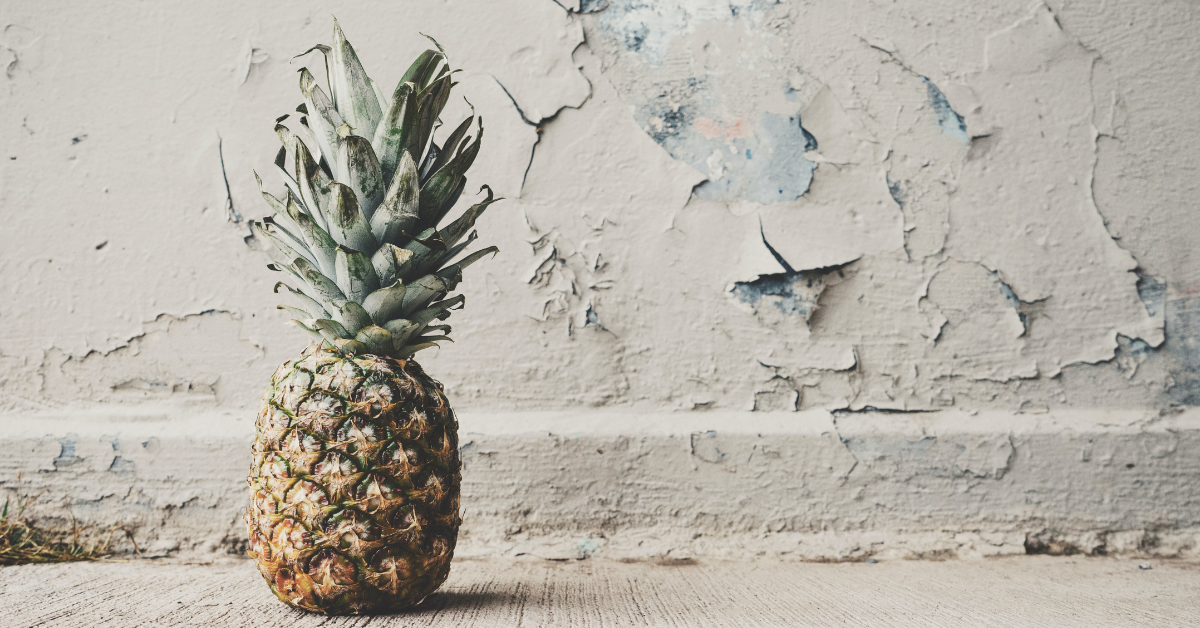Deep down we all know its healthier for us and better for the environment to choose natural paint or low VOC paints over commercial varieties. But lets explore the reasons why at The Healthy Home Therapist we think you Commercial paints off-gas dangerous chemicals into the environment and as we spend a significant portion of our time indoors that amounts to a huge exposure to pollutants which have serious implications on our health. These chemicals have been known to cause everything from skin irritations to cancer. Commercial paint production pillages our fossil fuel reserves and is so wasteful; varnish, for example, is produced with 90% wastage plus there is no biodegradable or safe way to dispose of the waste toxic chemicals. be putting natural paints at the top of your list when you are thinking of doing any decorating. There are three serious issues to be concerned with : impact on human health, means of production and waste.
Commercial paints off-gas dangerous chemicals into the environment and as we spend a significant portion of our time indoors that amounts to a huge exposure to pollutants which have serious implications on our health. These chemicals have been known to cause everything from skin irritations to cancer. Commercial paint production pillages our fossil fuel reserves and is so wasteful; varnish, for example, is produced with 90% wastage plus there is no biodegradable or safe way to dispose of the waste toxic chemicals.
It’s true that synthetic paints have had the advantage of being easy to apply, quicker drying and with a huge colour range but natural paints have improved dramatically and are now much easier to use and are available in beautiful and vibrant colours. Here is a list of the different natural paints we like to use:
- Distemper – old-fashioned, traditional, lime-based paint with a soft, chalky appearance. It needs to be applied over lime-based plaster.
- Oil-based paints- Most natural paints on the market use linseed as a binder. Pigments come from a range of natural sources, including madder root , oak bark and crushed minerals. Mineral pigments are usually more durable and intensely coloured . Solvents include turpentine or citrus-peel oils, which although wholly natural can cause mild irritation.
- Water-based paints . Similar to oil-based paints but the solvent is water. Contain zero VoCs.
- Clay paint – Renewable, non-toxic paint , but there is only a limited range of colours .
- Limewash- care must be taken during application because of the caustic nature of lime. Several coats are needed for full coverage.
Being extremely sensitive to commercial paint myself, I cannot convey what a difference natural paints have made to my health and life. As an interiors lover, I was panicking that I wouldn’t be able to use paint again without putting my health in jeopardy ( I get extreme autoimmune reactions to the chemicals in paint) but Im glad to say that the choice and quality of the natural paints on offer today are superb and it feels so much more enriching knowing that they are doing good for our health and that of the planet.
If you are thinking of decorating soon, make sure you check out our directory for some eco conscious painting solutions or click below to have our sustainable decorating tips sent to your inbox.



0 Comments